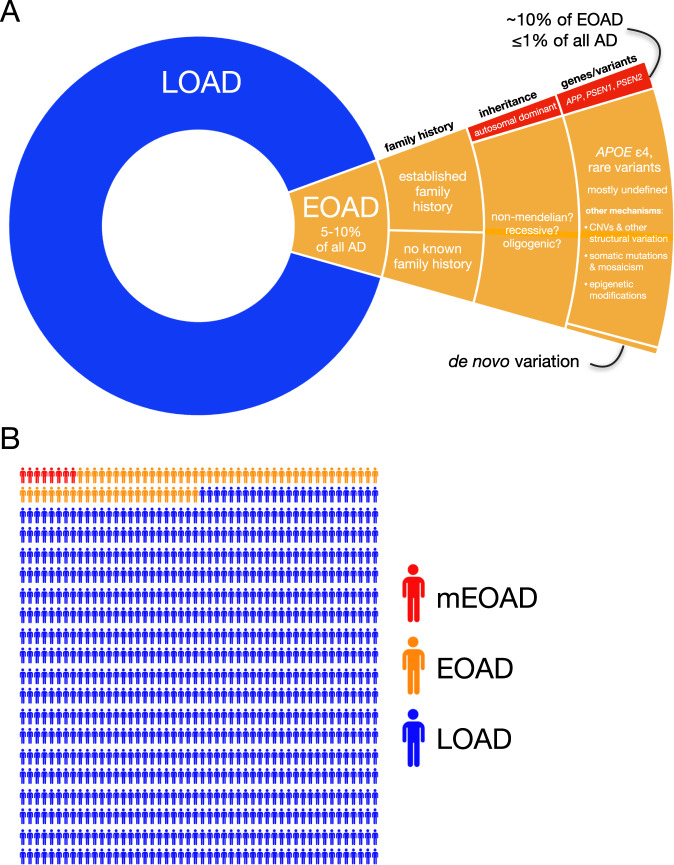Fig. 1. The prevalence of early-onset Alzheimer’s disease.
A A hierarchical pie chart illustrates the prevalence of EOAD in relation to LOAD. EOAD is thought to represent ~5–10% of all AD [1]. While only ~10% of EOAD cases are thought to be due to autosomal-dominant inheritance [3, 4, 11], a substantial proportion (perhaps a majority) of EOAD cases have a positive family history [19]. The major genes implicated in mEOAD are APP, PSEN1, and PSEN2, while the primary risk factor for non-mendelian EOAD is the APOE ε4 allele [4]. Rare variants in ~20 additional genes have been implicated in risk for EOAD and its clinical variants. In addition, a small number of apparently sporadic EOAD cases with an unusually young age of onset have been shown to harbor de novo PSEN1 variants [186]. Given the estimated ~90–100% heritability for EOAD [11], additional variants mediating EOAD risk are likely to be discovered. Additional genetic mechanisms likely to be studied with increasing intensity in the coming years include copy number variants (CNVs) and other structural variation, somatic variation and mosaicism, and epigenetic modifications. B In a random sample of 1000 individuals with AD, we might expect ~50–100 people to have EOAD; fewer than 10 would be expected to have mEOAD.

